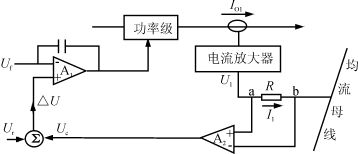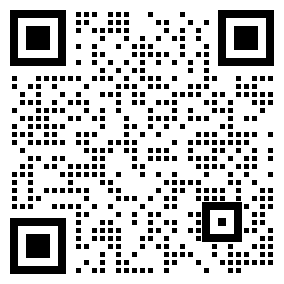Current sharing technology
Time:2022-12-20
Views:1444
There are 6 current sharing technologies we often use, namely:

1. Method of changing unit output internal resistance (slope control method);
There are two ways to change the unit output internal resistance: one is to fix the output voltage and then change the slope, the other is to fix the slope and then change the output voltage
2. master/slave control method;
This method uses one of the units as the main control unit, working in the voltage source (CV) mode, and the rest of the power supply units working in the current source (CC) mode, so that the error voltage △ U of the output current is used to achieve current sharing control. In short, the voltage controls the current. This current sharing mode has a fatal disadvantage, that is, if the main control unit fails, the entire power system will collapse.
3. External control circuit method;
The external control circuit method is to add an output current detection circuit to each power supply to detect its current, and the resulting feedback signal regulates the current of each unit, so as to achieve the purpose of output current sharing among units. This technology requires a common bus between each unit, which leads to more and more connections between power systems if there are more unit lines, resulting in a doubling of the workload in the later period.
4. Average current type automatic load current sharing method;
The current sharing mode of average current adopts a narrowband current amplifier. The output terminal is connected to the current sharing bus through a resistor with a resistance value of R. The n units adopt n such structures, as shown in the figure below:

When the output reaches current sharing, the output current I1 of the current amplifier is zero, and then IO1 is in current sharing working state. On the contrary, a Uab is generated on the resistance R, and the voltage controls A1. A1 then controls the power stage output current of the unit, and finally achieves current sharing.
This current sharing mode can achieve accurate current sharing with good effect.
5. Maximum current automatic current sharing method (automatic master/slave method, democratic current sharing method);
The maximum current sharing method uses the maximum output current unit of all power supplies for control, which is somewhat similar to the master/slave control system mentioned above, but the difference is that the maximum current unit in the maximum current control method is random, while the master control in the master/slave control method is manually set, so there is still a disadvantage.
6. Forced current sharing method
The so-called forced current sharing method is a technology that achieves the goal of current sharing through computer software, that is, programming or hardware control.
The advantage of software control is that the current sharing effect after adjustment is good, but the current sharing response process is a little slow. The current sharing value between power supplies should be gradually adjusted through software.
The hardware control is to use the sampling voltage to compare with the system reference voltage to generate error voltage, and then send the error voltage to each module, compare with the module current, and adjust the module reference voltage to change the output voltage, adjust the output current, and achieve current sharing. This mode is the most widely used current sharing technology at present.
|
Disclaimer: This article is transferred from other platforms and does not represent the views and positions of this site. If there is any infringement or objection, please contact us to delete it. thank you! |











